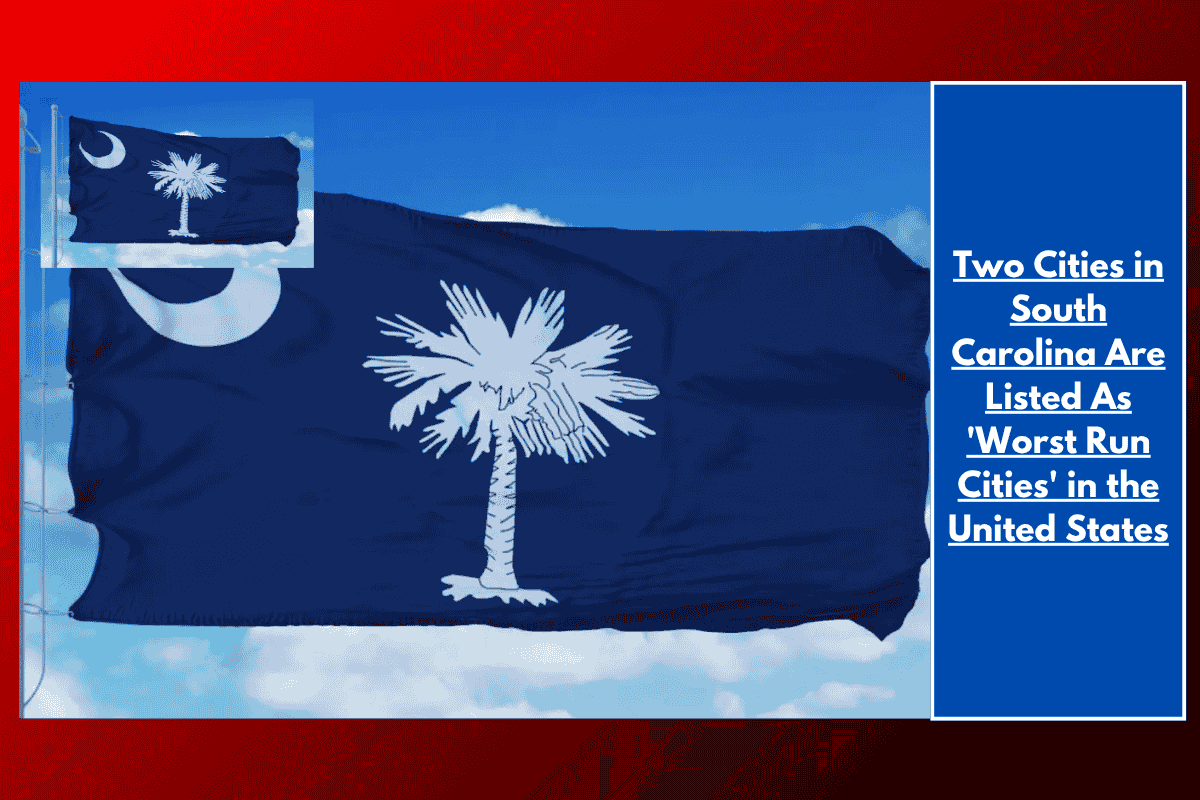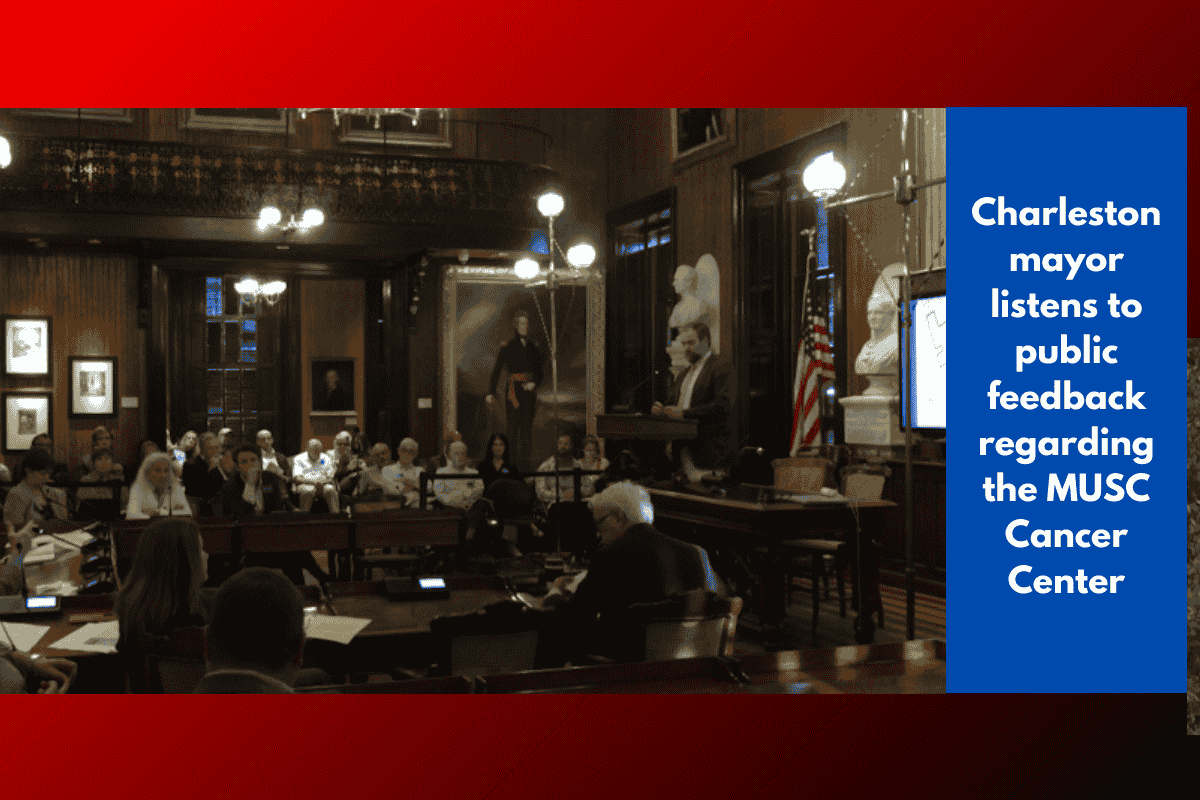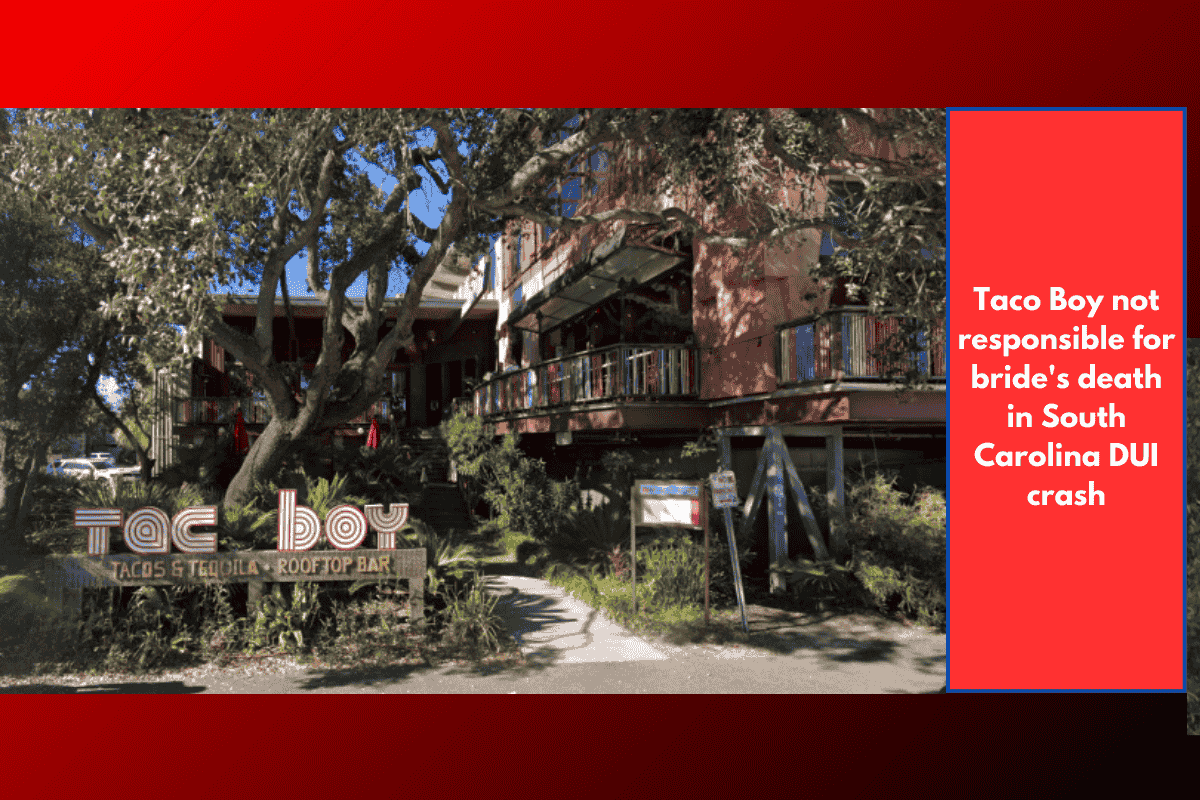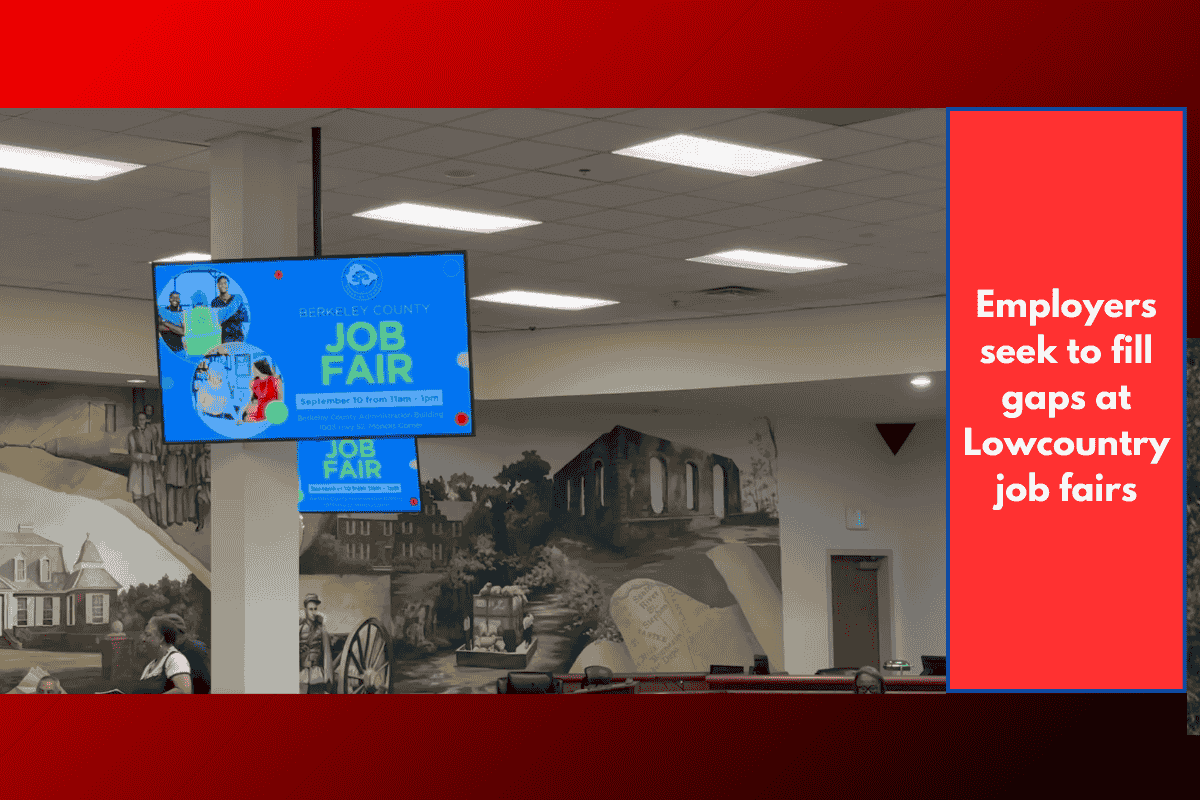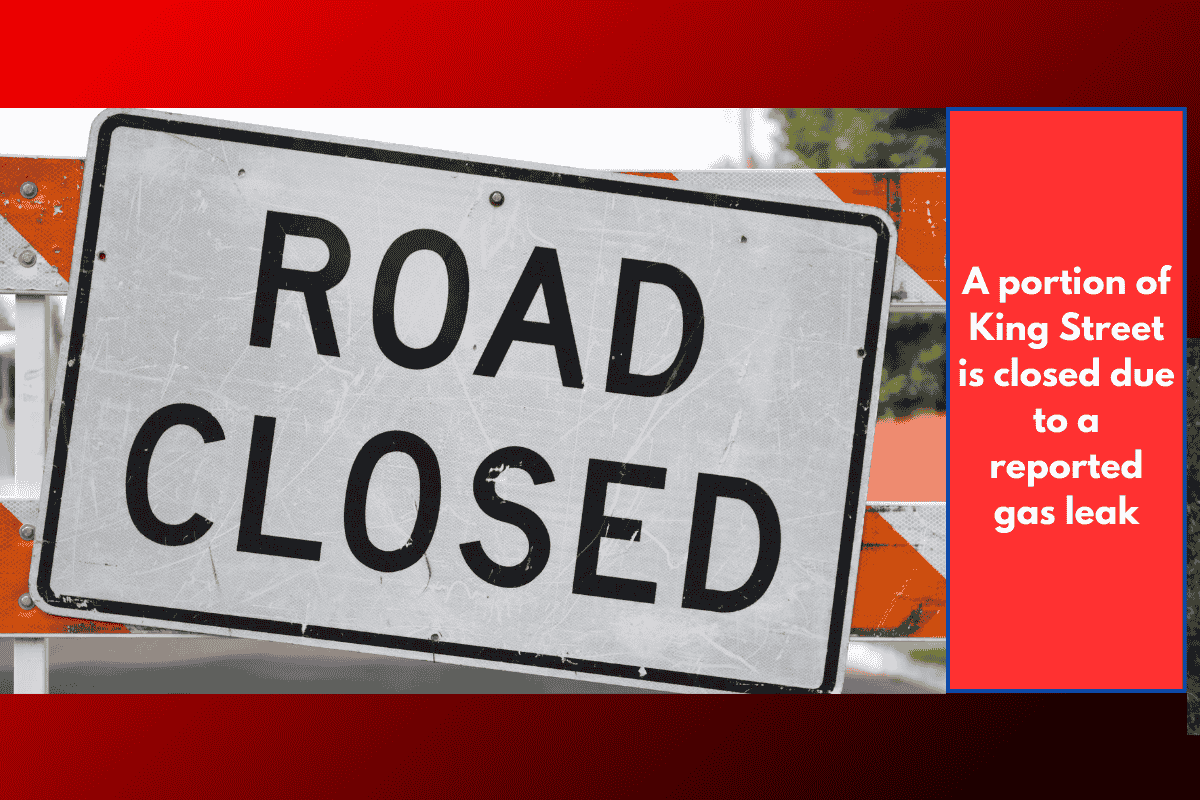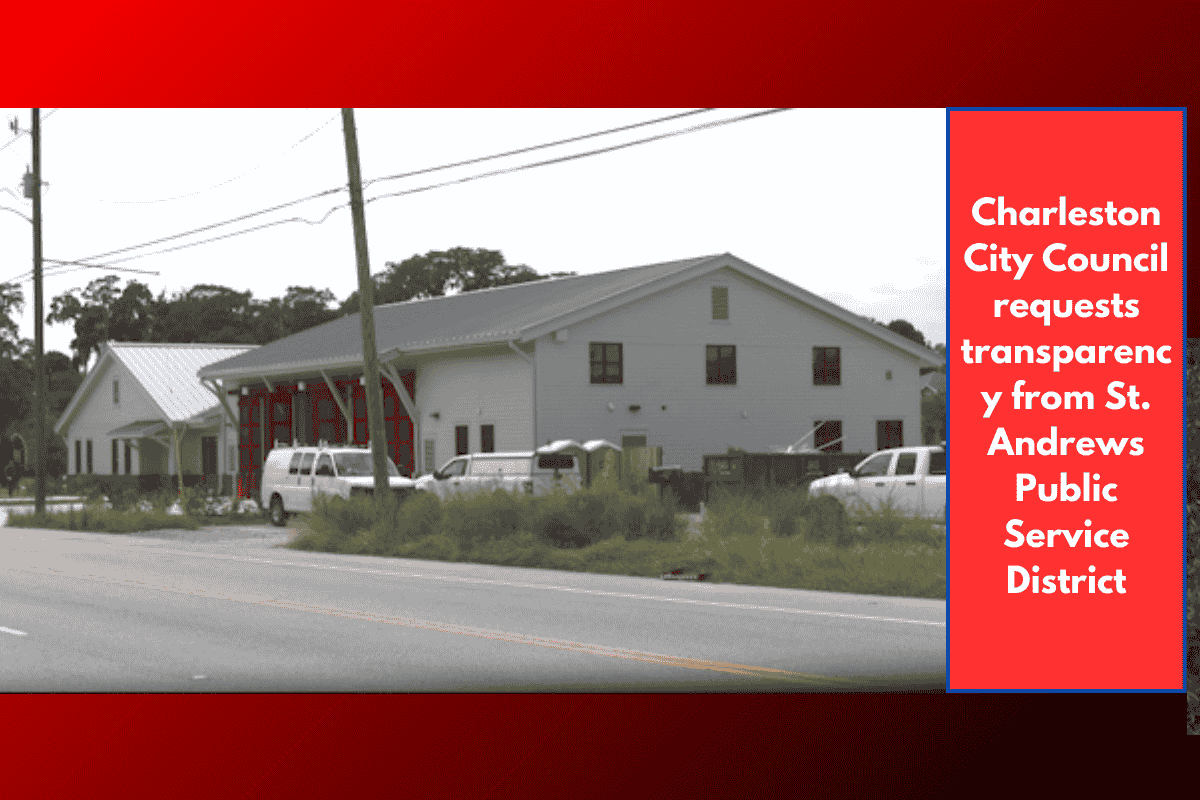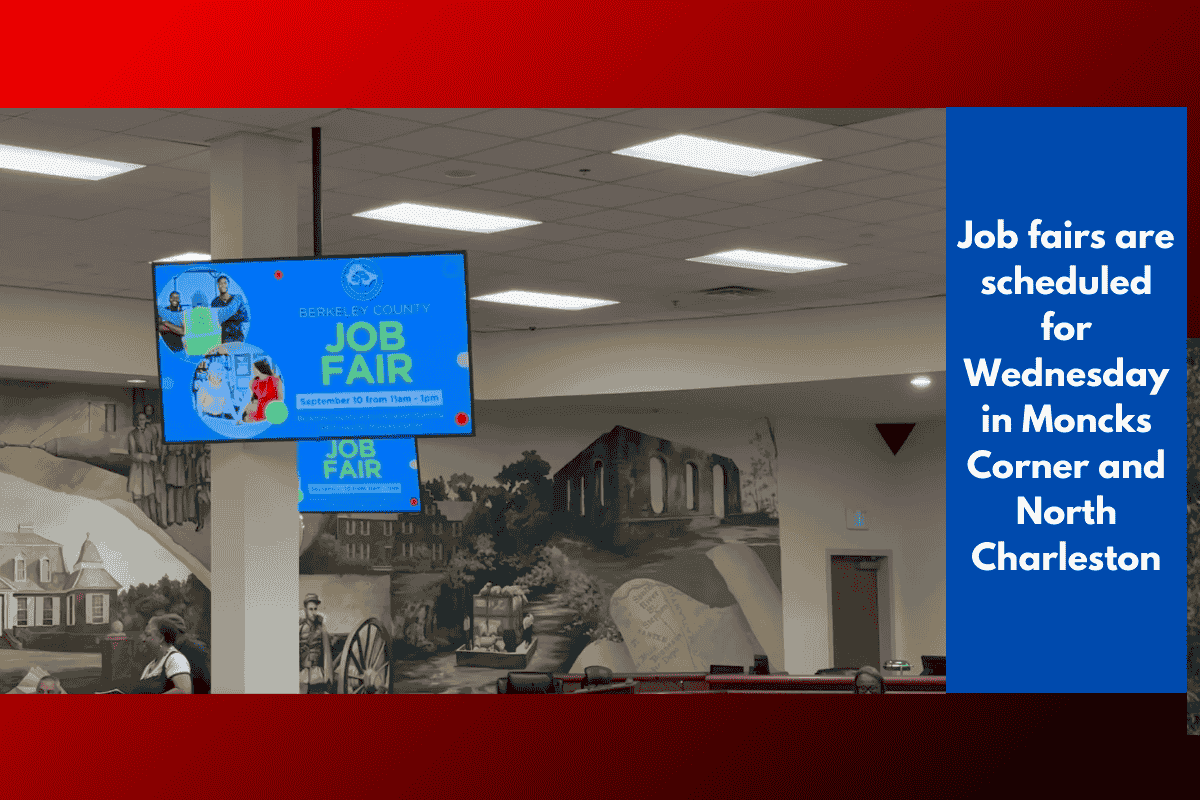When you visit another city, you may notice a few key differences from the place you call home. From well-maintained roads to a safer, quieter atmosphere, many factors contribute to how well a city operates. A recent study by WalletHub explored nearly 150 cities across the United States to identify which cities are best run and which are struggling. The study focused on the “effectiveness of local leadership” and analyzed factors such as financial stability, safety, education, and the economy.
What Makes a City Well-Run?
Running a large city is no easy feat. Local leaders face complex challenges, including balancing the needs of diverse residents with limited resources. Decisions about which services to prioritize, how to manage budgets, and whether to raise taxes all play a role in determining how well a city functions. WalletHub’s study looked at six key factors that contribute to a city’s effectiveness:
Financial Stability
Education
Health
Safety
Economy
Infrastructure & Pollution
Each factor was further evaluated using 36 metrics, including debt levels, high school graduation rates, crime rates, quality of public services like healthcare, and more.
The 10 Best-Run Cities in America
According to WalletHub’s analysis, here are the top 10 best-run cities in the U.S.:
Provo, Utah
Nampa, Idaho
Manchester, New Hampshire
Boise, Idaho
Nashua, New Hampshire
Dover, Delaware
Sioux Falls, South Dakota
Lincoln, Nebraska
Virginia Beach, Virginia
Fort Wayne, Indiana
These cities stood out for their strong performance across multiple factors, including financial stability, low crime rates, solid economies, and high-quality infrastructure. Residents in these cities can enjoy a balanced blend of safety, good public services, and opportunities for growth.
The Worst-Run Cities in America
While there are many well-managed cities, others face significant challenges. WalletHub’s list also highlights cities that fall into the bottom half in terms of leadership effectiveness. For example, Charleston (No. 84) and Columbia (No. 85), both in South Carolina, ranked among the worst-run cities.
Factors Affecting City Management
Cities face different challenges depending on their size and location. Larger cities often have more complex problems to solve, like managing traffic congestion, maintaining infrastructure, and ensuring public safety. Smaller cities, while often more manageable, may face different issues such as fewer financial resources or limited access to healthcare.
Some of the metrics used to evaluate cities include:
Violent crime rates
High school graduation rates
Unemployment rates
Quality of roads
Air and water quality
Each of these factors can have a major impact on the daily lives of residents. Cities that excel in these areas tend to be better equipped to provide services and improve the overall quality of life for their citizens.
The WalletHub study offers a snapshot of how well American cities are being run and provides insight into the challenges local leaders face. While the best-run cities stand out for their financial health, safety, and infrastructure, there’s always room for improvement, especially for cities that are struggling to meet the needs of their residents. Whether you’re thinking of moving to a new city or simply curious about how your current city ranks, this list can help you understand the factors that contribute to effective city management.

